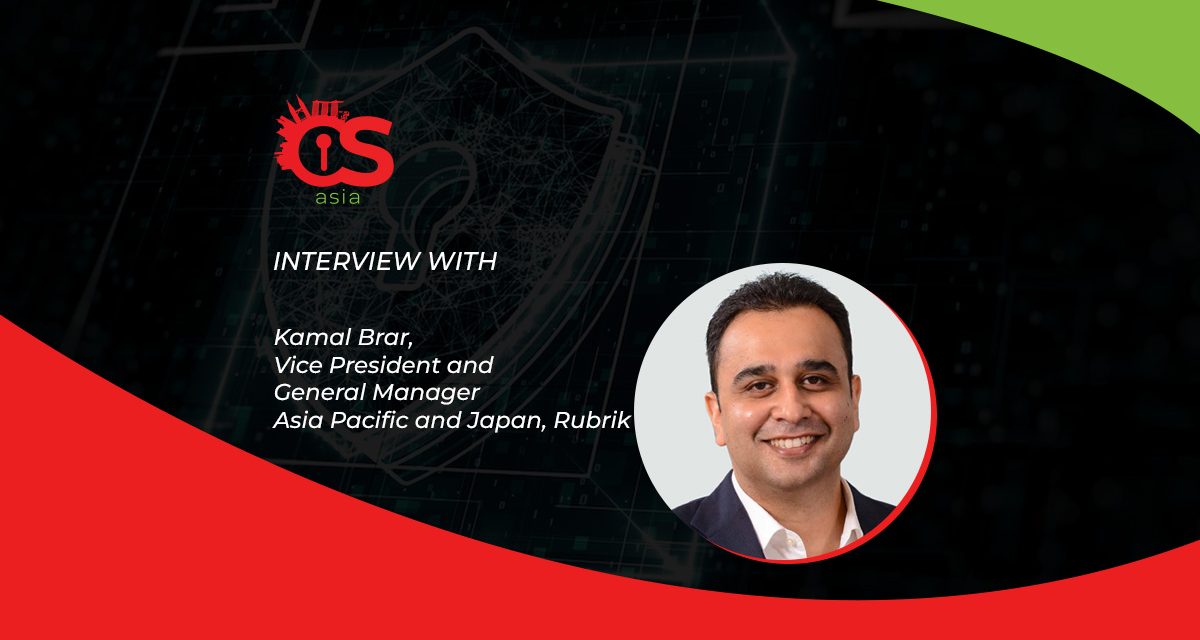A business continuity plan isn’t complete without data resilience, data observability and data recovery, with the significant rise in exposed databases amid accelerated digitalization in Asia Pacific.
As the Russia-Ukraine conflict continues, cybercrime has also been on the rise. Asia Pacific economies are not exempt.
The drastic increase in cybercrime is exacerbated by the accelerated digitalization during the pandemic, with reports of an increase in the number of exposed databases, reflecting the fact that data security has not kept pace.
Black swan events such as wars or pandemics don’t typically introduce new threats, but rather accelerate existing threats. Ransomware attacks, especially state-sponsored ones, would escalate significantly to raise capital especially in the presence of financial sanctions.
Such developments necessitate that businesses build cyber-resilience strategies to recover from such inevitable attacks. How should organizations in Asia Pacific ensure that their most critical data assets are secure even in the presence of increasingly sophisticated cyber-attacks?
CybersecAsia had the opportunity to discuss this pressing issue with Kamal Brar, Vice President and General Manager, Asia Pacific and Japan, Rubrik.

Why is the ransomware threat escalating, and is the situation more problematic in Asia Pacific?
Kamal Brar (KB): Ransomware is the biggest threat to our economy today because it locks up data and literally stops the business in its tracks. In 2025, the economic impact of ransomware will hit an estimated 10.5 trillion, which is just extraordinary. Why is that?
First, the pandemic sparked a massive digital acceleration in our both professional and personal lives – from digital transactions to remote work and, thus, an expanded threat surface for the bad guys to exploit the soft underbelly of our way of life.
Second, ransomware is a money-maker that yields huge financial gains for bad actors. The proliferation of cryptocurrencies and ransomware as a service has made it easier to execute attacks and has turned ransomware into a lucrative criminal business model.
And, third, ransomware and data attacks have become a popular approach of nation state actors. Cyber has become a new wartime tactic that we’ve seen in recent years, and the current geo-political climate is only exacerbating the threat landscape.
In Asia Pacific, even though ransomware is on the rise, a survey by EY found that more than half of Asia-Pacific businesses are unsure if their cybersecurity defenses are strong enough to combat hackers’ increasingly sophisticated methods. Last year, 51% of organizations in the APAC region were willing to pay the ransom, because they recognized that downtime will cost more.
To address this cybersecurity dilemma, businesses in Asia Pacific must prioritize investments in data security to keep their business safe.
How does data security play out in the accelerated digitalization of businesses that’s exposing a soft underbelly for cyber-attacks?
KB: Our new, highly automated and digitized world means the availability and security of data has become increasingly critical. As consumers and businesses operate in a more remote and distributed fashion, the threat surface for attackers has widened more than ever before. The combination of the ease of executing attacks, the increased threat surfaces, and the lucrative nature of attacks along with the proliferation of cryptocurrencies has fueled a massive rise in ransomware.
Not long ago, data security and cyber resilience were not a top priority for organizations. Companies would often rather invest their money in new products instead of creating or building their security posture. Now that organizations are experiencing the unfiltered devastation of ransomware, businesses are finding themselves vulnerable to attacks and ultimately paying the ransom.
To heighten the issue, legacy approaches to data protection technology have also been a contributing factor. Legacy technologies are missing the basics of a Zero Trust approach to securing data. They are creating bandages on their systems, labeling them as security-first, when in reality they were not built for cybersecurity in the first place.
Why are data resilience, observability and recovery crucial for businesses today?
KB: In 2021, it was reported that when a business had a breach, only 57% managed to retrieve lost data. That is an alarming statistic and it shows that organizations do not have the right data security capabilities in place to keep data safe and make it easy to recover from cyberattacks like ransomware.
We believe there are three pillars to a complete data security strategy: data resilience, data observability, and data recovery.
The first pillar, data resilience, defends data from cyber threats through unified data protection across enterprise, cloud, and SaaS. It also provides automated, isolated and immutable backups, as well as secure replication and archiving.
The second, data observability, continuously scans data over time so teams can identify when, where, and how attacks have affected systems and remediations can be executed quickly.
And the third, data recovery, works to quarantine malware, avoid reinfection, and recover data quickly. It does this through guided file-level, object-level, application-level, and system-wide operations. This allows business operations to be restored quickly after an attack.
How can businesses in the Asia Pacific effectively protect against malicious insiders as well as planned cyber-attacks?
KB: Every business in Asia Pacific and around the world is vulnerable. That’s because, for so long, our industry has focused on infrastructure security – the network, the applications, the end points, the cloud, the logs. That, of course, remains core to a sound cybersecurity strategy.
But, the frequency and sophistication of attacks happening around the world indicates that relying on infrastructure security alone is not enough. The combination of infrastructure security and data security is needed to deliver complete Zero Trust cybersecurity. Every organization needs a resiliency strategy that starts with data security.
Rubrik’s data security is based on Zero Trust principles. We assume that everything in your environment is compromised, and every interaction has to have minimum authentication from managing data to deriving security intelligence from data. We do not allow any third party to directly interact with your data, which ensures availability and integrity of that data. This Zero Trust principle delivers trust in your data so that you can not only be confident in keeping your business going but also leverage your data to drive better business outcomes.





















